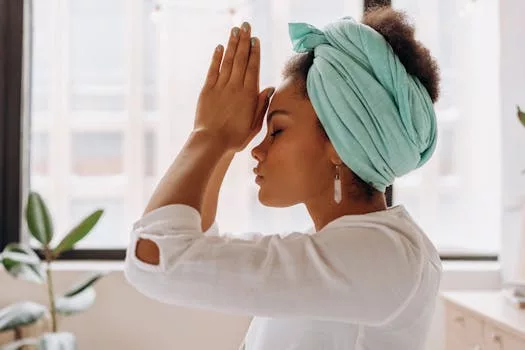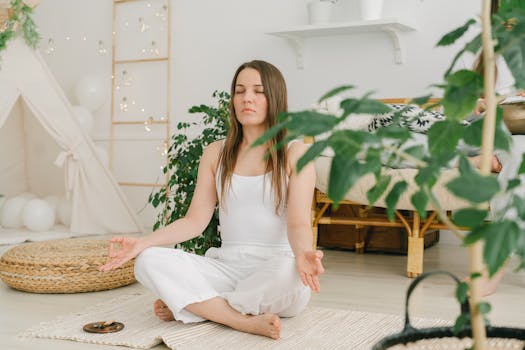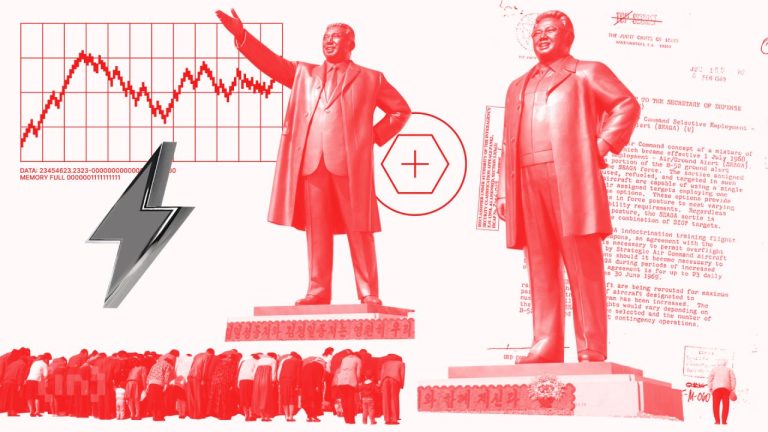
Yoga for Stress Relief: Poses to Calm the Mind and Body
Takeaways: Yoga is a holistic approach to managing stress that combines physical postures, breath control, and meditation. Incorporating specific yoga poses into your routine can help alleviate anxiety, improve mood, and promote overall well-being.
In our fast-paced world, stress has become a common part of life. The constant demands of work, family, and daily responsibilities can leave us feeling overwhelmed and anxious. Fortunately, yoga offers a sanctuary of peace and relaxation in the midst of chaos. In this article, we will explore various yoga poses that can help calm the mind and body, providing effective stress relief.
The Benefits of Yoga for Stress Relief
Yoga is not just a form of exercise; it’s a comprehensive approach to well-being. Here are some of the key benefits of practicing yoga for stress relief:
- Improved Flexibility: Regular yoga practice increases flexibility, which can help alleviate physical tension and discomfort.
- Enhanced Mental Clarity: Yoga promotes mindfulness, allowing you to focus on the present moment and clear away mental clutter.
- Better Sleep: The relaxation techniques in yoga can lead to improved sleep quality, reducing insomnia and sleep disturbances.
- Emotional Balance: Yoga helps regulate emotions, reducing feelings of anxiety and depression.
These benefits make yoga an ideal practice for those looking to manage stress effectively. By incorporating specific poses into your routine, you can cultivate a sense of calm and tranquility.
Calming Yoga Poses for Stress Relief

1. Child’s Pose (Balasana)
Child’s Pose is a gentle resting position that promotes relaxation and introspection. It helps to release tension in the back, shoulders, and neck. To perform this pose:
- Start on your hands and knees in a tabletop position.
- Lower your hips back toward your heels while extending your arms forward.
- Rest your forehead on the mat and breathe deeply for several breaths.
2. Forward Fold (Uttanasana)
Forward Fold encourages a gentle stretch along the spine and legs, promoting relaxation and calming the mind. To perform this pose:
- Stand tall with your feet hip-width apart.
- Inhale and reach your arms overhead, then exhale as you hinge forward from your hips.
- Allow your head and neck to relax, and hold onto your elbows if comfortable.
3. Legs-Up-the-Wall Pose (Viparita Karani)
This restorative pose is excellent for calming the nervous system and reducing anxiety. It promotes circulation and relaxation. To practice this pose:
- Find a wall space and sit sideways against it.
- Swing your legs up the wall while lying back on the floor.
- Relax your arms by your sides and breathe deeply.
4. Cat-Cow Stretch (Marjaryasana-Bitilasana)
This dynamic movement helps release tension in the spine and promotes relaxation. To perform the Cat-Cow Stretch:
- Begin in a tabletop position on your hands and knees.
- Inhale, arch your back (Cow), and look up.
- Exhale, round your back (Cat), and tuck your chin to your chest.
5. Corpse Pose (Savasana)
Corpse Pose is often practiced at the end of a yoga session and is essential for deep relaxation. To practice Savasana:
- Lie flat on your back with your legs extended and arms by your sides.
- Close your eyes and focus on your breath.
- Stay in this pose for 5-10 minutes, allowing your body to fully relax.
Incorporating Yoga into Your Daily Routine

- Set a specific time each day for your yoga practice, whether in the morning or evening.
- Start with short sessions (10-15 minutes) and gradually increase as you become more comfortable.
- Consider joining a local yoga class or following online tutorials to stay motivated.
- Listen to your body and be gentle with yourself; yoga is about progress, not perfection.
Conclusion
Yoga is a powerful tool for managing stress and promoting overall well-being. By incorporating calming poses into your routine, you can create a peaceful sanctuary for your mind and body. Remember, the key to effective stress relief is consistency and mindfulness. Start your yoga journey today and discover how it can transform your life. For further reading on yoga and mental health, check out Yoga Journal, MindBodyGreen, and Psychology Today.






